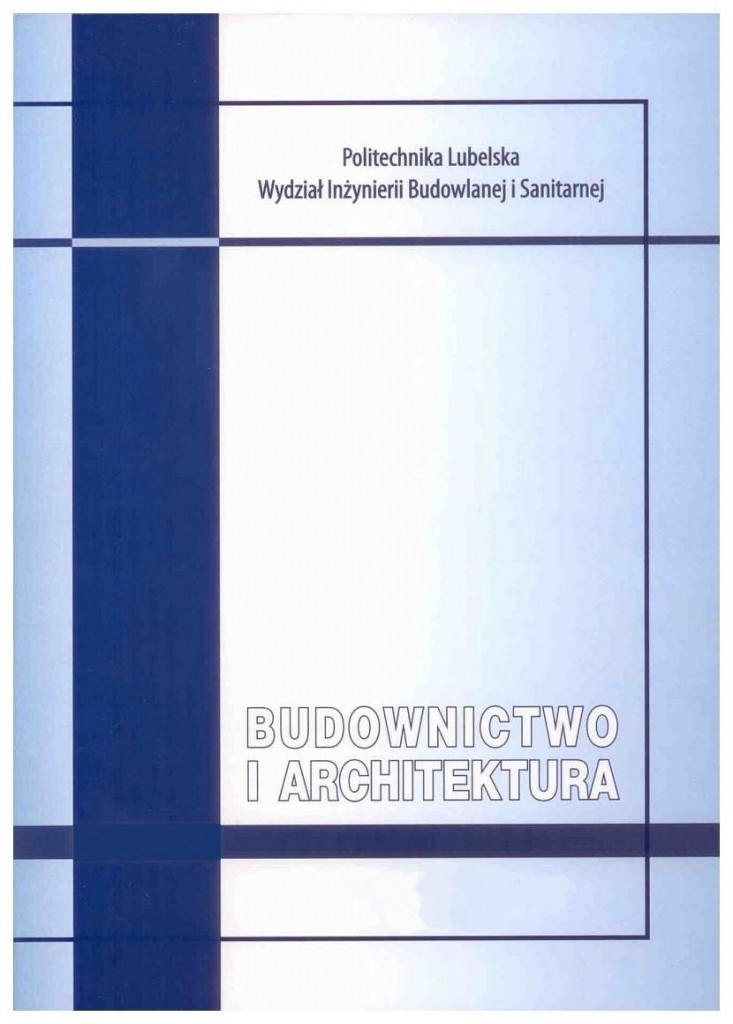Research of the collapsibility of the European loess – review
Research of the collapsibility of the European loess – review
Author(s): Agnieszka LalSubject(s): Geography, Regional studies, Applied Geography
Published by: Biblioteka Politechniki Lubelskiej
Keywords: loess; collapsibility; soil structure; in-situ test; laboratory testing;
Summary/Abstract: Foundation of the buildings on the loessial soil is often associated only with difficulties resulting from the possibility of the collapse of the ground. For these reason, loess is too often unfairly disqualified as the construction subsoil in spite of its good strength and strain parameters. Thanks to continuous development of research and publications of the results, reliable data regarding loess are spread and, as a consequence, loess becomes more and more common soil used in the geotechnical engineering. Loess collapsibility has been studied since the middle of the 20th century, nevertheless, only the computer techniques and specialist laboratory and microstructural tests, that have been developed from the end of last century, helped us to find an answer to the important questions regarding the occurrence of this phenomenon. Detailed mechanisms that cause sudden loess volumetric reduction due to humidity and load, and the elements that affects the collapsibility are still studied. Furthermore, varied technics are researched, including in-situ tests, which allow estimating the risk of collapse, as well as the methods of its elimination. The aim of this paper is to systematize the directions of current studies of European loess collapsibility and to indicate their most significant results. The review was made on the basis of the scientific publications published in the Polish and international journals as well as the Journal Citation Reports (JCR) Web of Science database.
Journal: Budownictwo i Architektura
- Issue Year: 18/2019
- Issue No: 1
- Page Range: 5-10
- Page Count: 6
- Language: English

